News
Tesla has joined the Australian Energy Council
Tesla Energy will join a top energy council in Australia, as it continues to deploy a wide range of battery projects in the country.

Tesla has been announced as the most recent member to join an industry group of electricity and energy businesses in Australia, coming amidst a wave of grid- and home-scale battery deployments in the country from the U.S. manufacturer.
Last week, Tesla Australia officially joined the Australian Energy Council (AEC) as the group’s newest member, contributing to a group of companies that administers gas and electricity to over 10 million homes. The news, announced in a post on LinkedIn, comes as Tesla continues to expand the presence of its grid-scale Megapacks and home-scale Powerwalls in Australia and elsewhere.
The council wrote the following announcement message in the post:
AEC membership provides an opportunity to collaborate to develop the solutions necessary to drive Australia’s energy transition. Together, we aim to create positive outcomes for consumers across the nation as the energy system decarbonises.
We look forward to working closely with Tesla Australia to help shape the future of Australia’s energy landscape.
The announcement also garnered a response from Tesla Energy’s Regional Director for the Asia-Pacific region Josef Tadich, who shared a few words about the news in another post:
A big thank you to Louisa Kinnear and the Australian Energy Council, Tesla are very much looking forward to working together in this space, in what is turning out to be an exciting 2025.
Wholesale and retail electricity markets are rapidly adapting and changing to new technologies, with more renewables and storage on the supply side, and more generation and flexible loads on the Customer demand side with VPPs, and controllable EV charging loads to name a few. Great time to be in this dynamic space!
READ MORE ON TESLA ENERGY IN AUSTRALIA: Tesla building battery repair facility near Collie Megapack project
The announcement comes as Tesla has shipped Megapacks to a handful of energy storage sites in Australia, including a 1,600MWh Tesla Megapack facility in Plumpton, Victoria that’s expected to turn on sometime this year. Tesla is also working on expanding the Western Australia “Collie” battery, which will feature 2,240 MWh of Megapack storage upon completion of phase two.
While the U.S. company currently builds its Megapacks at a so-called “Megafactory” in Lathrop, California, the company began production last month at a second Megafactory in Shanghai, China that’s expected to supply future energy projects in Australia. The company has also teased plans for a third Megafactory, though it isn’t yet clear where that could be built.
In addition to Tesla’s grid-scale Megapack batteries, the company also builds the Powerwall home-scale battery, which can be used for households or commercial buildings to store energy, along with being able to deploy energy back to the grid. Tesla also launched its next-generation Powerwall 3 in the Australian market last year.
The company utilizes its network of Powerwall owners to create giant, distributed batteries, called Virtual Power Plants (VPPs), effectively letting owners sell electricity back to the electrical grid during periods of peak demand. These programs are being utilized across much of Australia and several other markets throughout the world, and Tesla said in October that it had reached over 100,000 Powerwalls participating in VPPs worldwide.

News
Tesla launches its new branded Supercharger for Business with first active station
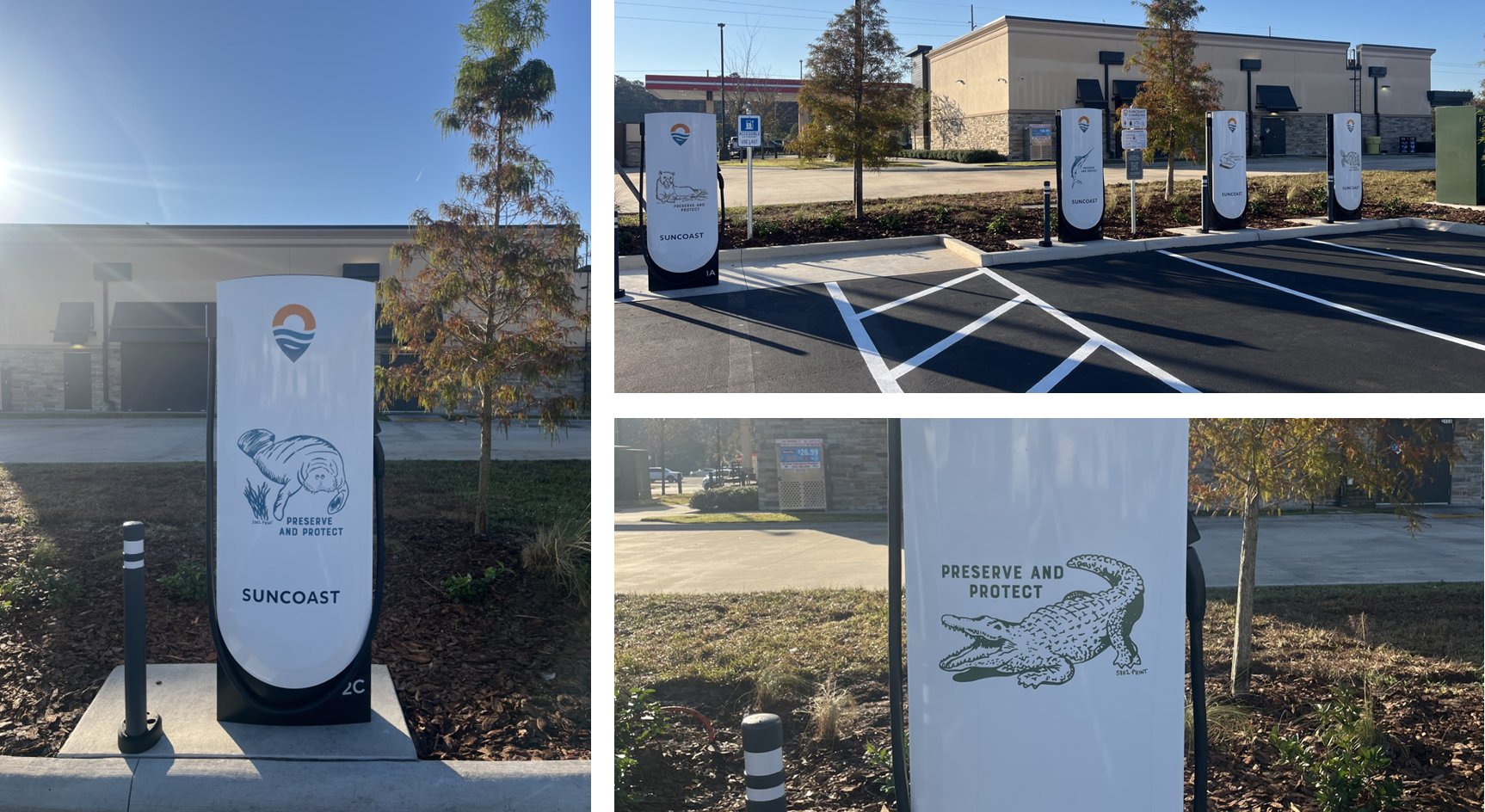
Tesla has officially launched its first branded Supercharger just months after initiating a new program that allows third-party companies to brand their own charging piles.
The site opened in Land O’ Lakes, Florida, and features eight V4 Supercharging stalls offering up to 325 kW of charging speed. It appears it was purchased by a company called Suncoast Credit Union. This particular branch is located Northeast of Tampa, which is on the Gulf of Mexico.
It features graphics of Florida animals, like alligators:
Here’s a video of the graphics being installed on the Tesla Superchargers at this site: https://t.co/oIfEPNZjAH pic.twitter.com/ENWakZ2qT9
— TESLARATI (@Teslarati) November 20, 2025
Tesla launched this program back in September, and it basically was a way to expand its Supercharger presence and also allow companies to pay for the infrastructure. Tesla maintains it. When it announced the “Supercharger for Business,” it said:
“Purchase and install Superchargers at your business. Superchargers are compatible with all electric vehicles, bringing EV drivers to your business by offering convenient, reliable charging.”
The program does a few things. Initially, it expands EV charging infrastructure and makes charging solutions more readily available for drivers. It can also attract people to those businesses specifically.
Tesla launches new Supercharger program that business owners will love
The chargers can also be branded with any logo that the business chooses, which makes them more personalized and also acts as an advertisement.
The best part is that the customers do not have to maintain anything about the Supercharger. Tesla still takes care of it and resolves any issues:
“We treat your site like we treat our sites. By providing you with a full-service package that includes network operations, preventative maintenance, and driver support, we’re able to guarantee 97% uptime–the highest in the industry.”
It appears the Superchargers will also appear within the in-car nav during routing, so they’ll be publicly available to anyone who needs to use them. They are still available to all EVs that have worked with Tesla to utilize its infrastructure, and they are not restricted to people who are only visiting the business.
Cybertruck
Tesla reveals its Cybertruck light bar installation fix
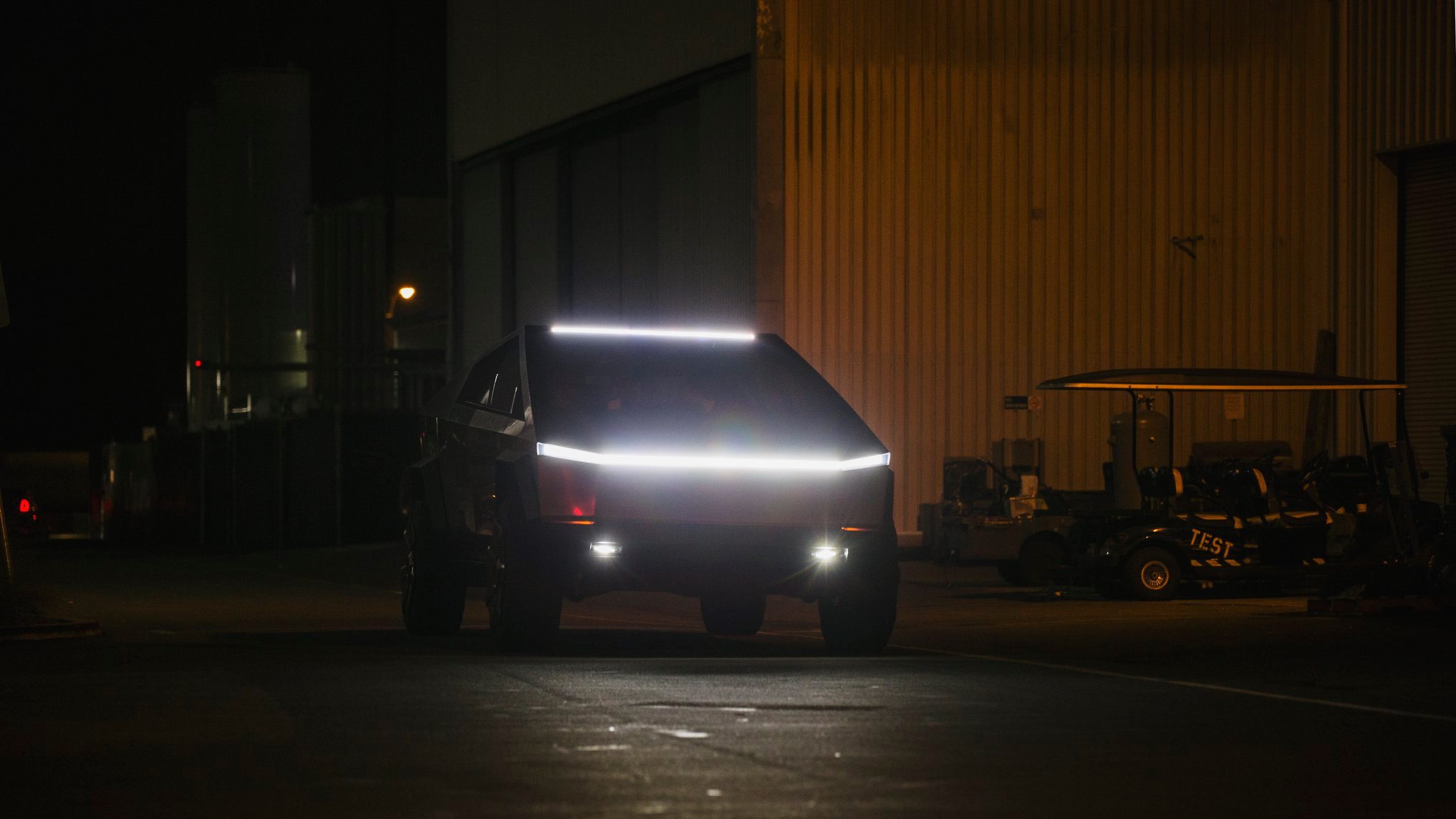
Tesla has revealed its Cybertruck light bar installation fix after a recall exposed a serious issue with the accessory.
Tesla and the National Highway Traffic Safety Administration (NHTSA) initiated a recall of 6,197 Cybertrucks back in October to resolve an issue with the Cybertruck light bar accessory. It was an issue with the adhesive that was provided by a Romanian company called Hella Romania S.R.L.
Tesla recalls 6,197 Cybertrucks for light bar adhesive issue
The issue was with the primer quality, as the recall report from the NHTSA had stated the light bar had “inadvertently attached to the windshield using the incorrect surface primer.”
Instead of trying to adhere the light bar to the Cybertruck with an adhesive, Tesla is now going to attach it with a bracketing system, which will physically mount it to the vehicle instead of relying on adhesive strips or glue.
Tesla outlines this in its new Service Bulletin, labeled SB-25-90-001, (spotted by Not a Tesla App) where it shows the light bar will be remounted more securely:
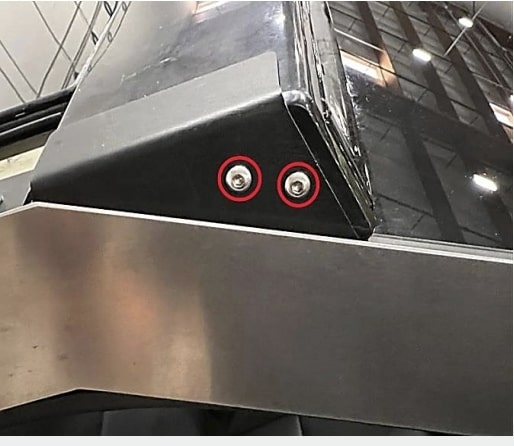
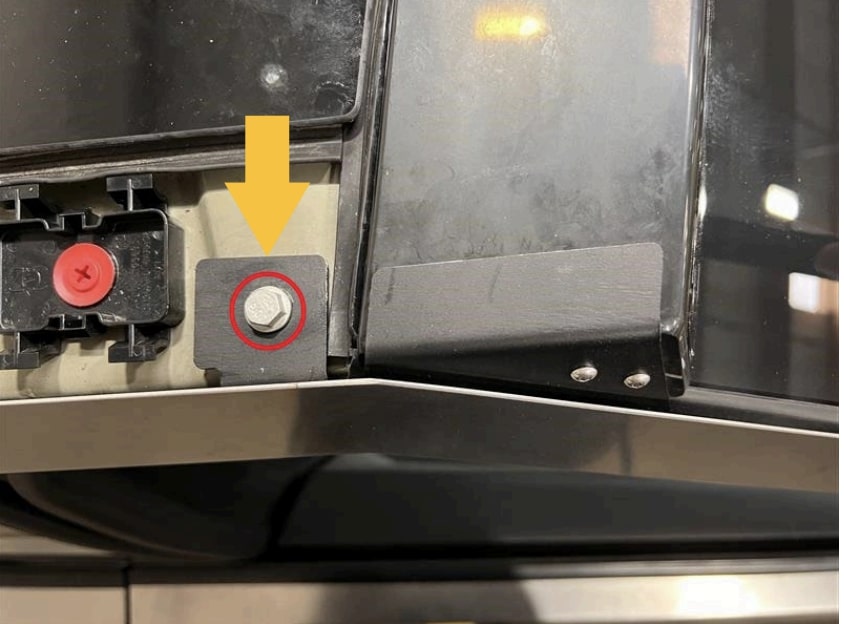
The entire process will take a few hours, but it can be completed by the Mobile Service techs, so if you have a Cybertruck that needs a light bar adjustment, it can be done without taking the vehicle to the Service Center for repair.
However, the repair will only happen if there is no delamination or damage present; then Tesla could “retrofit the service-installed optional off-road light bar accessory with a positive mechanical attachment.”
The company said it would repair the light bar at no charge to customers. The light bar issue was one that did not result in any accidents or injuries, according to the NHTSA’s report.
This was the third recall on Cybertruck this year, as one was highlighted in March for exterior trim panels detaching during operation. Another had to do with front parking lights being too bright, which was fixed with an Over-the-Air update last month.
News
Tesla is already expanding its Rental program aggressively
The program has already launched in a handful of locations, specifically, it has been confined to California for now. However, it does not seem like Tesla has any interest in keeping it restricted to the Golden State.
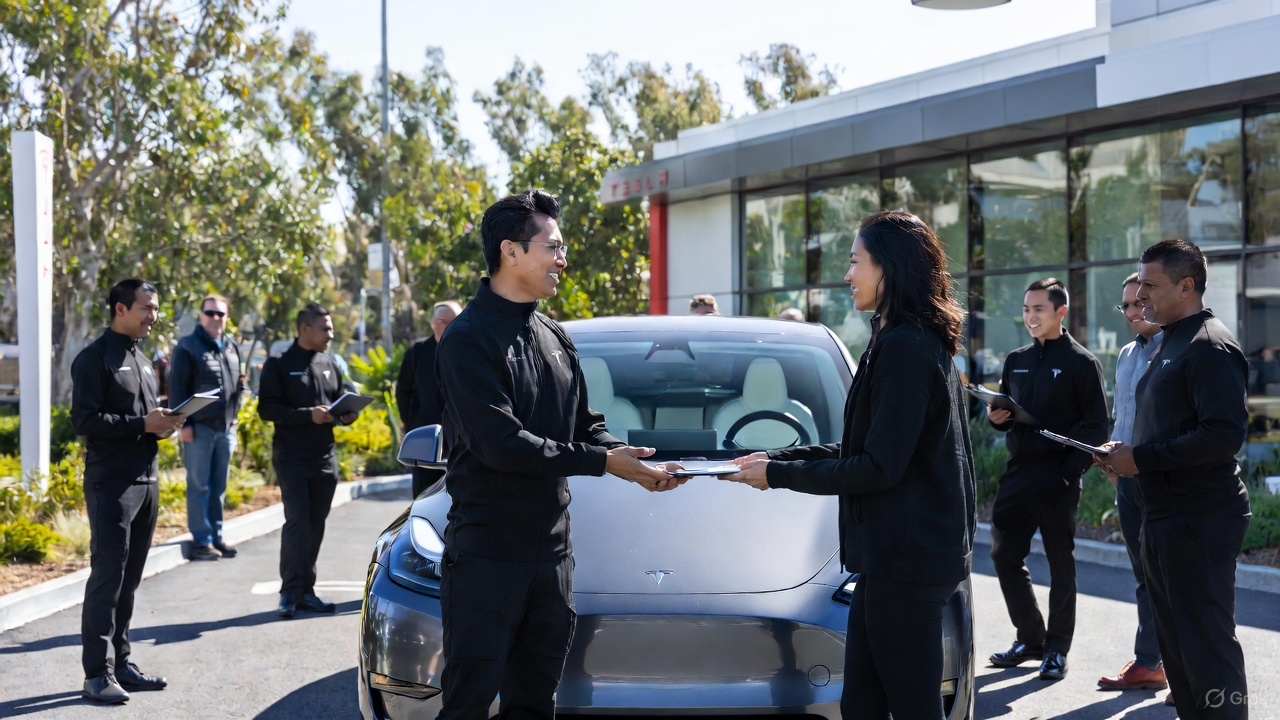
Tesla is looking to expand its Rental Program aggressively, just weeks after the program was first spotted on its Careers website.
Earlier this month, we reported on Tesla’s intention to launch a crazy new Rental program with cheap daily rates, which would give people in various locations the opportunity to borrow a vehicle in the company’s lineup with some outrageous perks.
Along with the cheap rates that start at about $60 per day, Tesla also provides free Full Self-Driving operation and free Supercharging for the duration of the rental. There are also no limits on mileage or charging, but the terms do not allow the renter to leave the state from which they are renting.
🚨🚨 If you look up details on the Tesla Rental program on Google, you’ll see a bunch of sites saying it’s because of decreasing demand 🤣 pic.twitter.com/WlSQrDJhMg
— TESLARATI (@Teslarati) November 10, 2025
The program has already launched in a handful of locations, specifically, it has been confined to California for now. However, it does not seem like Tesla has any interest in keeping it restricted to the Golden State.
Job postings from Tesla now show it is planning to launch the Rental program in at least three new states: Texas, Tennessee, and Massachusetts.
The jobs specifically are listed as a Rental Readiness Specialist, which lists the following job description:
“The Tesla Rental Program is looking for a Rental Readiness Specialist to work on one of the most progressive vehicle brands in the world. The Rental Readiness Specialist is a key contributor to the Tesla experience by coordinating the receipt of incoming new and used vehicle inventory. This position is responsible for fleet/lot management, movement of vehicles, vehicle readiness, rental invoicing, and customer hand-off. Candidates must have a high level of accountability, and personal satisfaction in doing a great job.”
It also says that those who take the position will have to charge and clean the cars, work with clients on scheduling pickups and drop-offs, and prepare the paperwork necessary to initiate the rental.
The establishment of a Rental program is big for Tesla because it not only gives people the opportunity to experience the vehicles, but it is also a new way to rent a car.
Just as the Tesla purchasing process is more streamlined and more efficient than the traditional car-buying experience, it seems this could be less painful and a new way to borrow a car for a trip instead of using your own.








